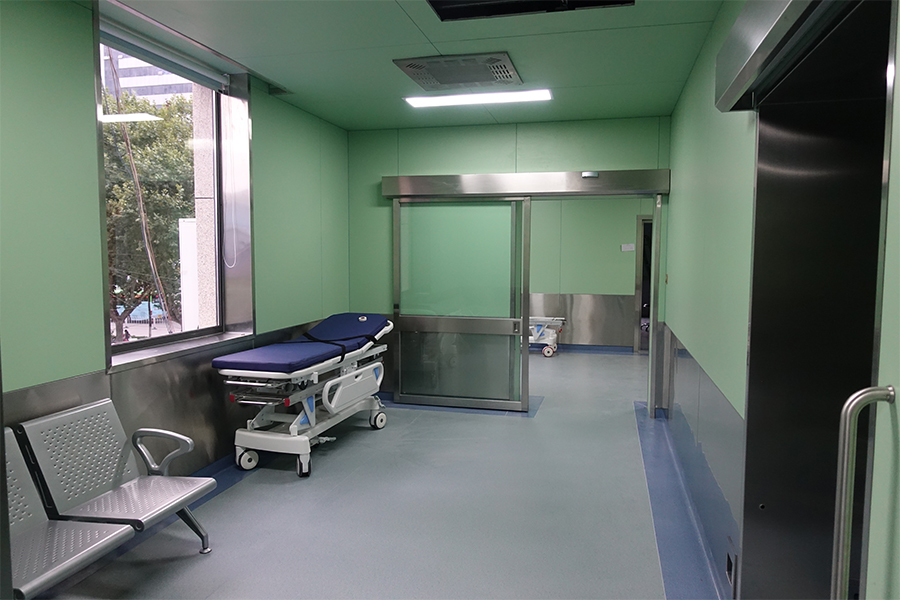

1. One-way flow clean room One-way flow clean room is a […]
1. One-way flow clean room
One-way flow clean room is also called laminar flow clean room and is also divided into vertical flow clean room and horizontal flow clean room. The pollutants from the indoor pollution source are pressed out of the room by the clean air before they diffuse into the room, and the clean air sent in plays an isolation role for the pollution source.
Features: The streamlines are unidirectionally parallel, which means that the time-averaged streamlines are parallel to each other, the direction is single, and the clean air flow is not one or several, but fills the entire room section, so this kind of clean room does not rely on clean air to clean indoor dirty air. Instead, it relies on the push-out effect of clean airflow to discharge the indoor dirty air to the outside along the entire section to achieve the purpose of purifying the indoor air.
1. Turbulence clean room
Turbulence clean room is also called non-unidirectional flow clean room. The principle of non-unidirectional flow clean room is to diffuse, mix and continuously dilute indoor air by clean air supply air, and gradually discharge indoor pollution to achieve balance. In short, the principle behind a non-unidirectional flow cleanroom is dilution. Features: The turbulent clean room relies on multiple ventilations to achieve cleanliness and cleanliness. The number of air changes determines the purification level in the definition (the more air changes, the higher the purification level)
2. Radial flow clean room
The radial flow clean room is also the vector flow clean room. The air supply and return air vents need to be installed on opposite sides and arranged diagonally. The diffuser plate of the air supply port is generally made into a 1 /4 arc shape. Through this air supply port, a radiant clean air flow is sent to the obliquely downward air return port, and the pollutants are "slanted" toward the air return port area, and finally discharged into the room.
Features: Under the same cleanliness requirements, the required air supply volume is very small, the energy saving effect is very significant, and the radial flow clean room can reach the cleanliness level of 1000 and below. But the purification effect is better than non-unidirectional flow clean room.
3. Mixed flow clean room
The general form of the mixed flow clean room is that the entire clean room is a non-unidirectional flow clean room, but a unidirectional flow type cleaning measure is adopted above the area that requires strict air cleanliness, so that the area can obtain a unidirectional flow that meets the requirements. Type clean area to prevent the surrounding relatively poor air environment from affecting the local high cleanliness.
Features: The vertical one-way flow area is compressed to the minimum, and the large-area one-way flow is replaced by a large-area non-one-way flow to reduce the initial investment and operating costs.

In surgery, the flow of personnel, floating dust and dirt released during surgery are accompanied by a large number of bacteria, harmful bacteria are easy to settle and fall into the incision, resulting in high infection after surgery, bringing unnecessary losses for both doctors and patients.
The clean operating room created by Kwang can meet all the functions required for surgical operations; maintain a near sterile environment to the maximum extent and reduce trauma infection. Create the most favorable and comfortable environment for medical staff to work.
The air laminar flow ward is a ward in which the room is kept sterile by air purification equipment and is equipped with equipment to change the cleanliness of the air environment. equipment. The laminar flow ward is used for blood treatment to ensure the safety of patients during treatment for hematopoietic stem cell transplantation and high-dose chemotherapy. The laminar flow ward is used for blood treatment to ensure the safety of patients during hematopoietic stem cell transplantation and high-dose chemotherapy.
Our new models offer superb design;competitive prices and their new features give them distinct advantages over similar products from other manufacturers.